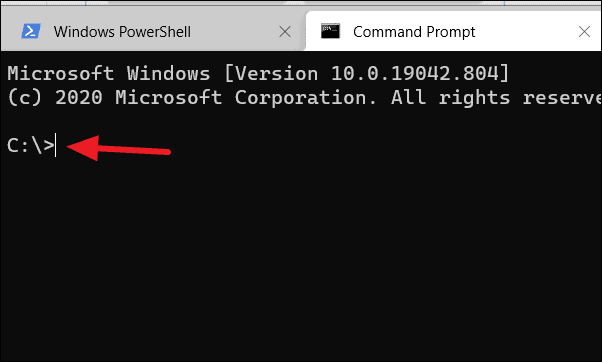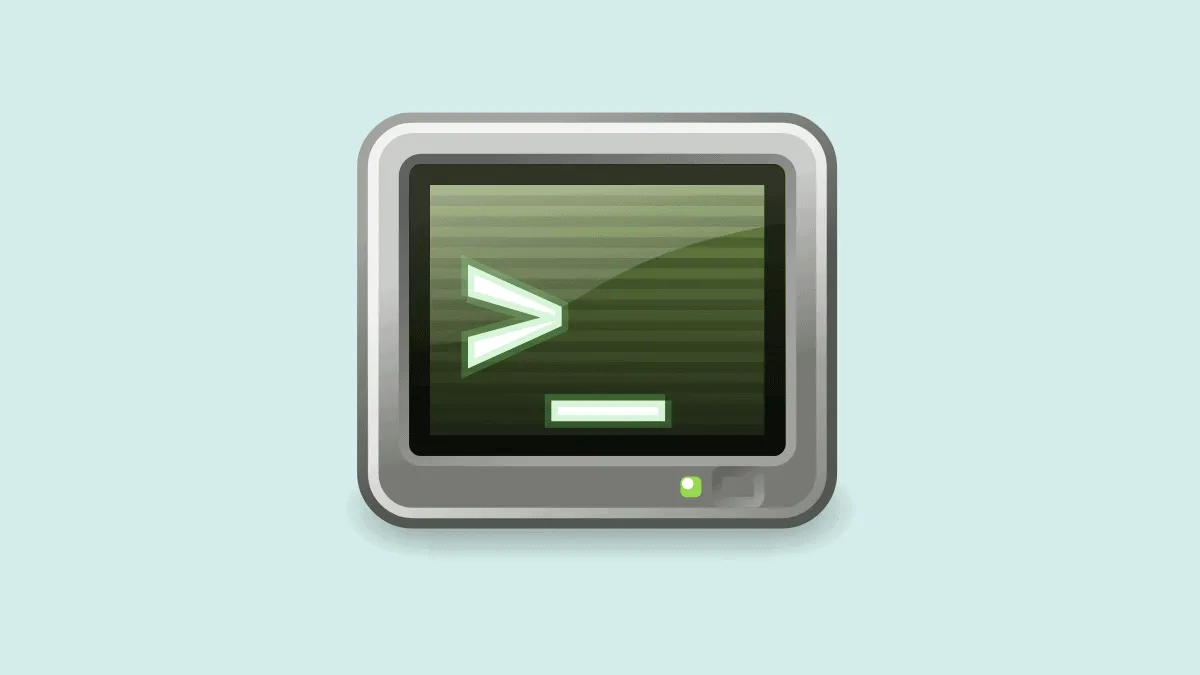Released in 2019, Windows Terminal is a new, fast, and powerful multi-tabbed command-line application developed specifically for Windows 10 users. It’s a new terminal application where you can access many command-line tools and shells such as Command Prompt, PowerShell, and WSL (Windows Subsystem for Linux).
The Windows Terminal app sports many features including multiple tabs, panes, Unicode and UTF-8 character support, GPU accelerated text rendering, themes, and text, colors, backgrounds, and shortcut key customizations.
Windows Terminal is only supported by Windows 10 build 18362 (or higher). Windows Terminal application can be downloaded and installed from Microsoft App Store. When you open the terminal, it starts with a default directory. In this post, we will show you how to change the default starting directory in Windows Terminal on your Windows 10 computer.
Changing Starting Directory in Windows Terminal from Settings.json File
When you open Windows Terminal, it usually starts with a default starting directory path to your user account folder on your computer. The default directory path is C:UsersUSERNAME.
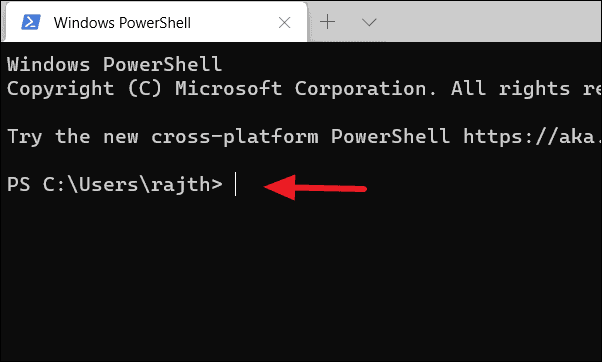
The default directory can be changed in ‘Settings’ of the Windows Terminal. However, the settings UI is not yet fully integrated, so when you try to access settings, it will open up a JSON file where you can manually edit the code to change Windows Terminal settings.
Open the Windows Terminal application and click on the downward arrow button at the top of the window. Then, click ‘Settings’.

This will open up a settings.json file in your default text editor or code editor. The file will look like as it is shown in the following picture. This file contains the code for your settings in the Terminal application.
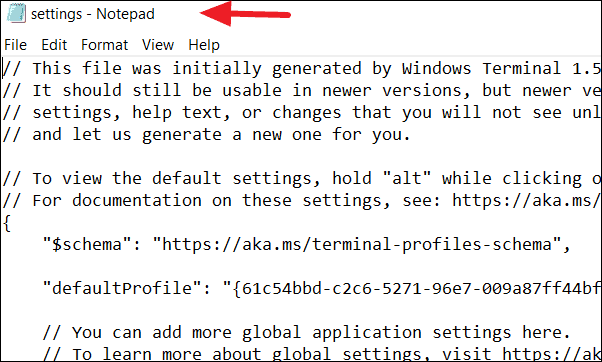
Under ‘default’ code, you can edit the profile settings of your command-line tools such as Command Prompt, PowerShell, and WSL.
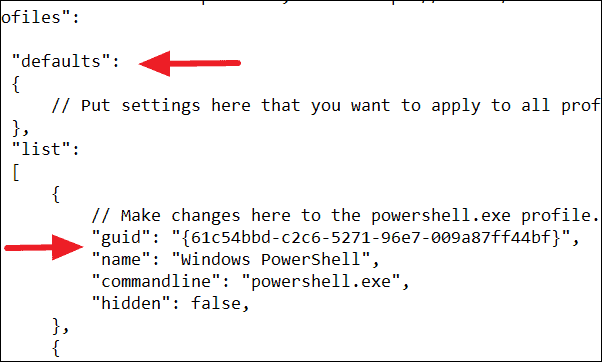
You can create a unique starting directory for each profile. All you need to do is add a “starting directory” property to each profile you want to be changed. You can do that with the following code.
"startingDirectory": "Directory Path\"As you can see, we set the ‘C:\’ path as the starting directory for the Windows Powershell in the following example. Also, make sure to add ‘comma (‘)’ at the end of the ‘hidden’ property.

In this example, we’ve added a new starting directory for both Windows Powershell and Command Prompt. After you added the code, save the file, close the Terminal and relaunch it.

The next time, the command-line tool will launch in the new path.
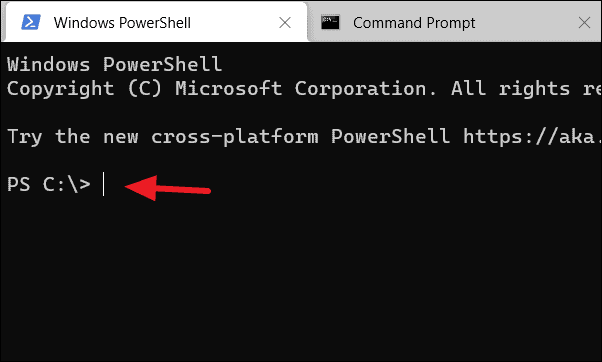
Now, both command-line tools have a new starting directory where you can type your commands.
